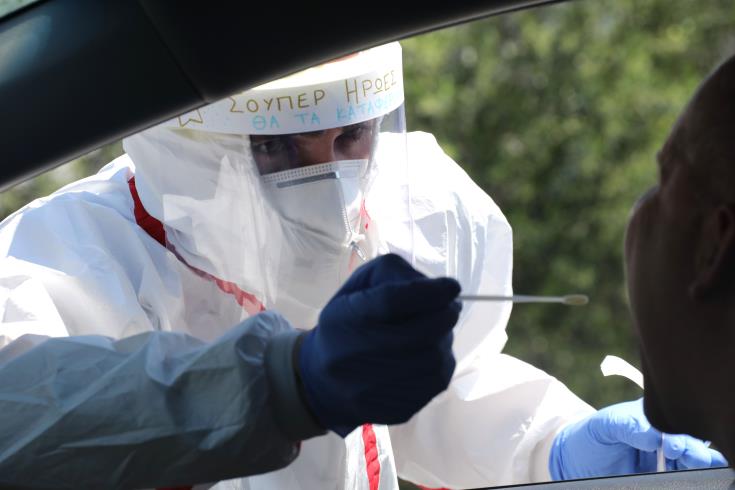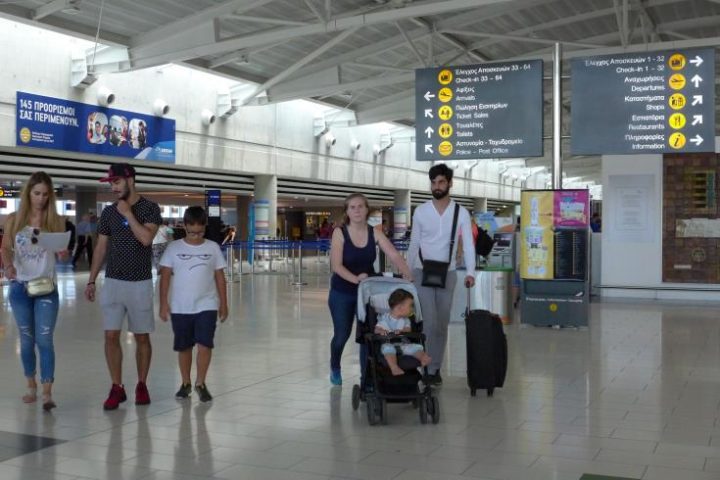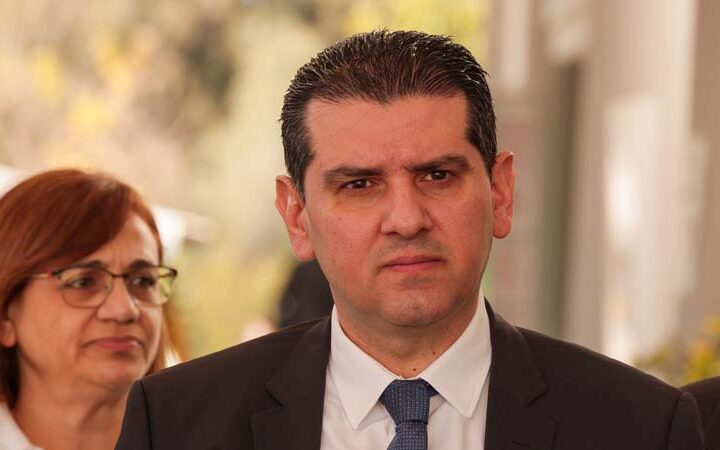Cyprus has proven that to contain the spread of coronavirus a rigorous testing programme is needed based on the track-trace-isolate philosophy which is why it is among the highest testers in Europe.
For the past three weeks, Cyprus has kept new coronavirus cases to single figures, and will hopefully have zero infections soon.
According to epidemiological data released on Tuesday, up to 17 May, Cyprus carried out 9,984 tests for every 100,000 population up from 8,932.4 recorded in the previous report.
Data shows that Italy performs around 4,424.3 for every 100,000, while South Korea conducts 1,318.7 tests.
Malta carries out some 9,235.4 for every 100,000 inhabitants.
Meanwhile, the government last week launched another 20,000 tests to cover school students and teachers returning to class, while also offering 10,000 tests to returning workers in the second stage of easing the lockdown.
Some 7,500 tests are offered to people employed in the catering sector, such as restaurants and pubs while another 2,500 tests will be offered to people working in tattoo parlours and hair salons.
Cyprus saw a total of 916 cases until 17 May, out of which 32 (3.5%) were hospitalised at Intensive Care Units.
The number of ICU patients has not increased compared to the previous report with data up to 26 April.
A total of 24 patients with COVID-19 have died.
Authorities, however, under a methodology adopted, registered just 17 with COVID-19 as the cause of death.
Eleven out of the 17 patients that died from COVID-19, were men and six were women with a median age of 71.4.
Some 6% of coronavirus cases were aged 0-17, 69% were recorded in the age group 18-59, while 25% belonged to the age group 60+. The median age of cases was 45.5.
There is no gender divide of COVID-19 cases in Cyprus, the disease does not distinguish between male and female, as 50% of cases are women and 50% men, although the death rate is much higher among men.
Regarding the geographical distribution of cases, Paphos takes the lead with 127.5 cases for every 100,000 inhabitants.
Previously reported as Cyprus’ largest hotspot, Aradippou, a village in Larnaca, has been removed from the data.
Aradippou, a municipality of 20,000, had more than 400 cases for every 100,000.
Data for Aradippou has been incorporated in figures given for Larnaca district.
The recent discovery of two cases involving students of the Aradippou Lyceum has given way to concerns that the hotspot may still be active.
Larnaca is second with 115 cases for every 100,000 inhabitants, Nicosia is third with 74.6, followed by Famagusta with 47.7.
Limassol comes in last with just 24.9 cases for every 100,000.










